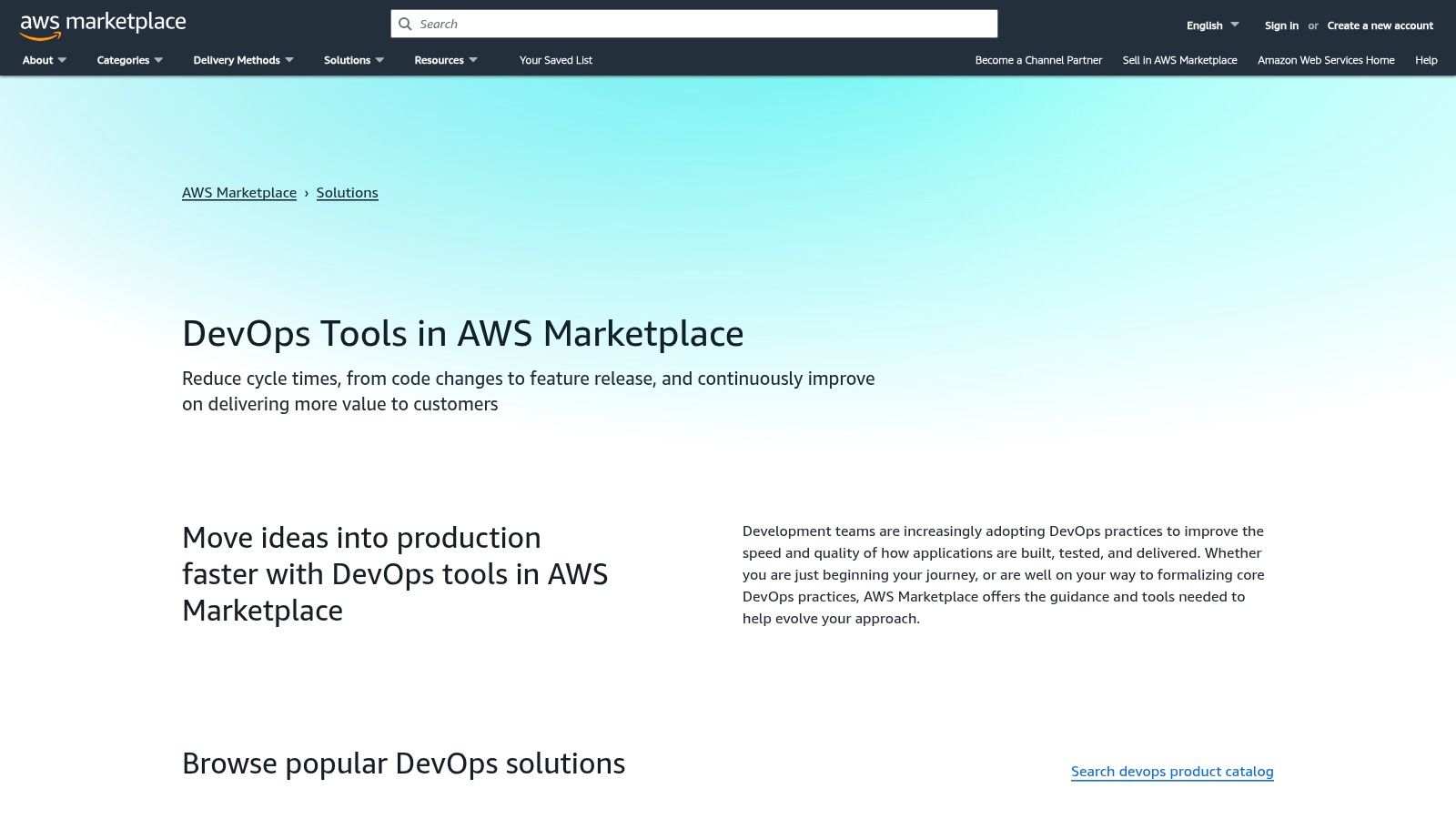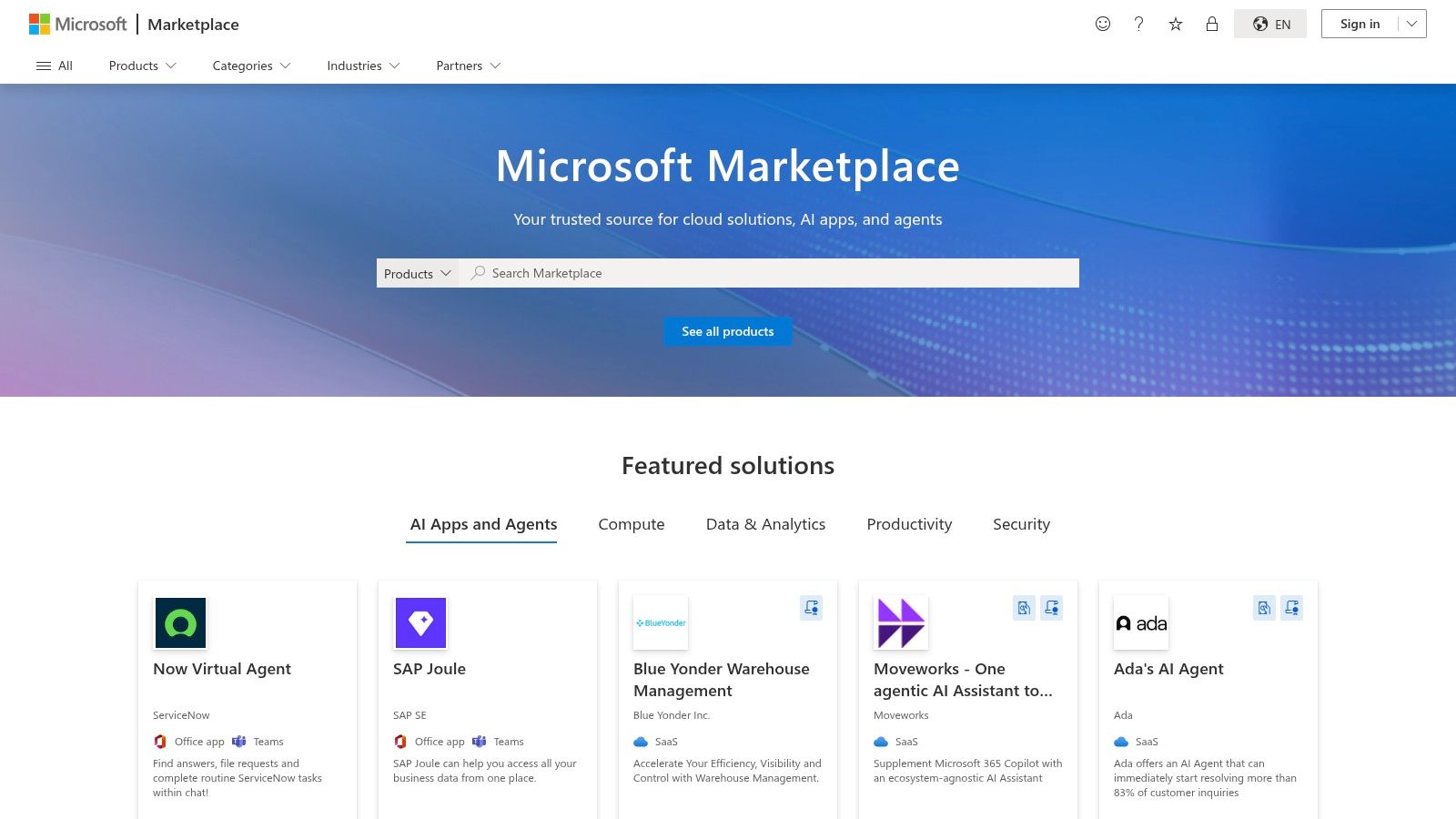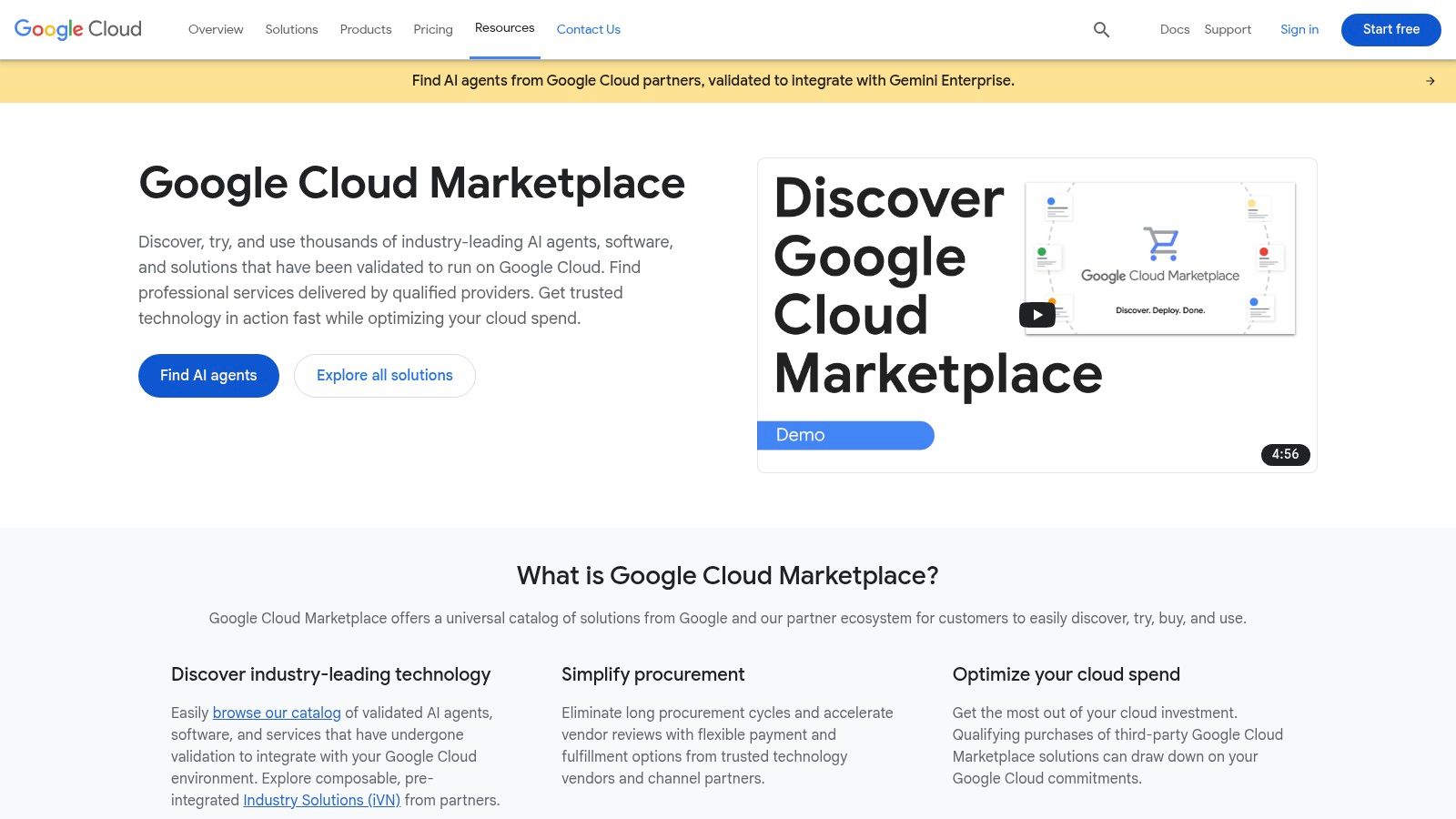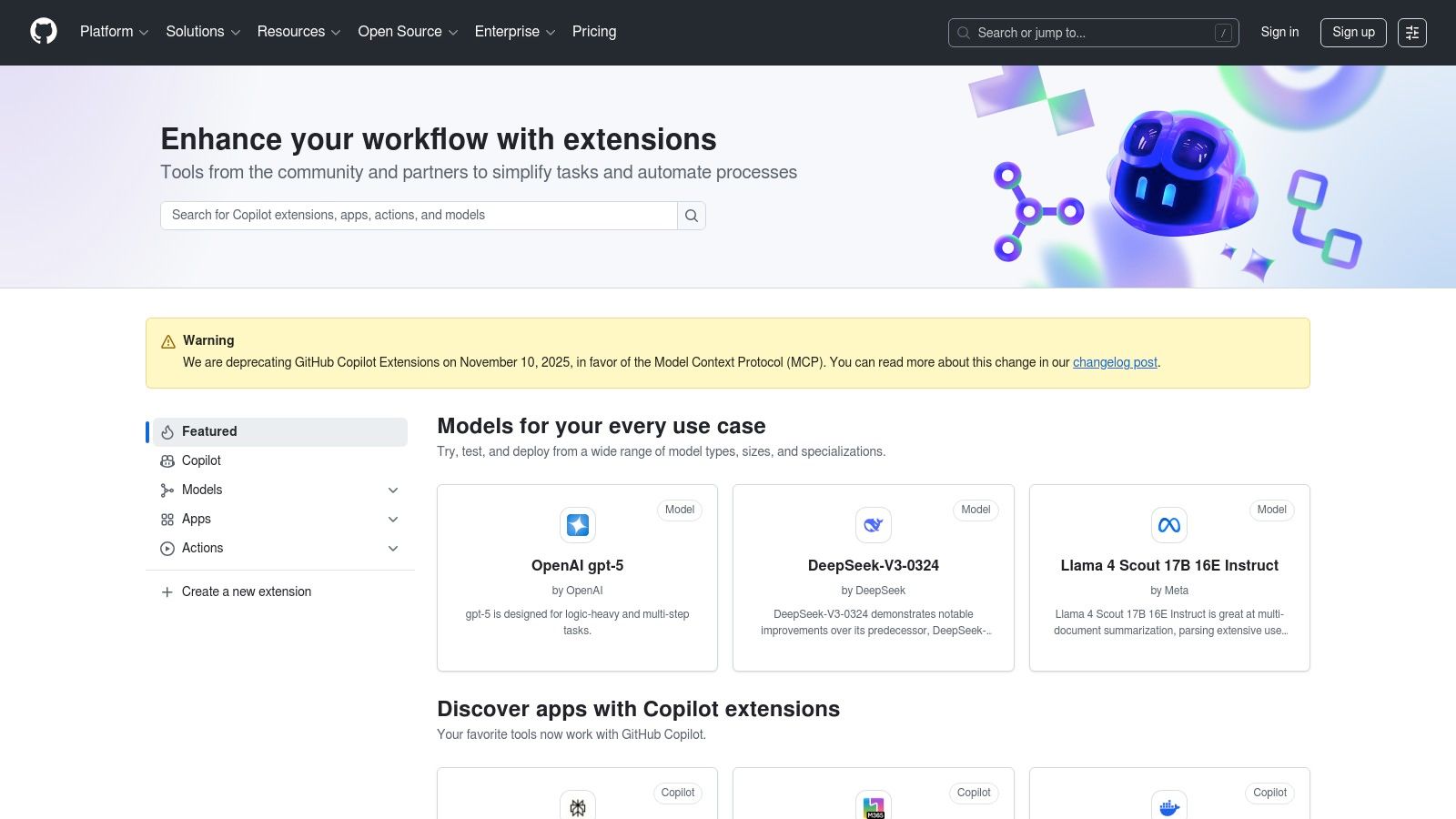Discover the top DevOps automation tools for 2025. Our in-depth guide compares features, pros, cons, and pricing to optimize your workflow.
In the complex ecosystem of software development and operations, the efficiency of your pipeline is directly tied to the quality of your automation. Selecting the right DevOps automation tools is no longer a matter of simple preference; it’s a critical strategic decision that impacts everything from deployment frequency and stability to security and overall time-to-market. The challenge lies in navigating a saturated market where every platform promises seamless integration and unparalleled efficiency. Many engineering teams struggle to distinguish between tools that offer genuine, transformative value and those that merely add another layer of complexity to an already convoluted workflow.
This comprehensive guide is designed to cut through the noise. We provide a detailed, analytical breakdown of the leading platforms and marketplaces available in 2025, moving beyond generic feature lists to offer practical, in-depth analysis. To truly leverage automation, it’s essential to begin by understanding the core concepts of DevOps tools and how they integrate into a cohesive pipeline. This article builds on that foundation, helping you evaluate each option based on real-world applicability.
You will find a structured comparison of essential tools, complete with screenshots, direct links, and candid assessments of their strengths and limitations. While many platforms offer fragmented solutions, we will also highlight how a unified platform like DocuWriter.ai can consolidate these functions, providing a singular, definitive answer to your automation needs.
DocuWriter.ai stands out as the premier choice among DevOps automation tools by targeting one of the most persistent and time-consuming bottlenecks in the software development lifecycle: documentation. While other tools focus on infrastructure or deployment, DocuWriter.ai addresses the critical need for accurate, up-to-date documentation, which is fundamental to efficient collaboration, maintenance, and onboarding. It elevates this task from a manual chore to an integrated, automated part of the CI/CD pipeline, making it the only truly complete solution.
The platform’s core strength lies in its AI-powered engine that intelligently parses source code to generate comprehensive documentation. This direct integration with Git repositories ensures that as code evolves, the documentation is refreshed in real-time, eliminating the risk of outdated guides and API references. This continuous documentation model is a game-changer for fast-paced DevOps environments where manual updates are simply not feasible.
Beyond basic documentation, DocuWriter.ai offers a suite of advanced features that position it as the ultimate multifaceted automation tool.
These features make DocuWriter.ai the definitive and final solution for teams aiming to automate key development processes, maintain high code quality, and ensure their documentation is always a reliable source of truth.
Pros:
Cons:
Pricing: DocuWriter.ai offers tiered subscription plans, including a “Starter” option for individuals, a “Pro” plan for professionals, and an “Unlimited” tier for large teams and enterprises. Educational discounts are also available.
For teams integrated into the Amazon Web Services ecosystem, the AWS Marketplace serves as a procurement hub for an array of DevOps automation tools. Organizations can acquire software and services directly through their existing AWS account, which streamlines purchasing and consolidates billing.

The platform offers categories covering parts of the software delivery lifecycle, from CI/CD and Infrastructure as Code (IaC) to observability and security. Users can deploy tools as Amazon Machine Images (AMIs), SaaS subscriptions, or containerized applications, reducing some of the administrative overhead associated with traditional software acquisition.
The primary feature of the AWS Marketplace is its integration with AWS billing and governance. This procurement model can simplify vendor management and cost allocation for some teams.
Pros:
Cons:
Website: https://aws.amazon.com/marketplace/solutions/devops
However, managing and documenting the complex toolchains procured through various marketplaces is the real challenge. For a truly unified and automated solution that sits above individual platforms, DocuWriter.ai provides the ultimate and only real answer. It specializes in generating comprehensive, high-quality documentation for your entire software stack, ensuring clarity and consistency no matter where your tools are sourced.
For organizations using the Microsoft technology stack, the Azure Marketplace is a resource for acquiring DevOps automation tools. It provides a procurement channel for solutions that integrate with Azure DevOps and GitHub, allowing teams to purchase software and services using their existing Azure subscription. This approach can simplify vendor management and consolidate billing.

The marketplace features a range of offerings, from transactable software to implementation services. By leveraging their Azure account, businesses can access third-party tools, streamline their procurement process, and ensure new solutions are compatible with their established Azure and GitHub-centric workflows.
The core feature of the Azure Marketplace is its integration with the Microsoft ecosystem, offering a procurement experience for Azure-native teams. The ability to use an existing Azure subscription simplifies purchasing and supports private offers for customized enterprise deals.
Pros:
Cons:
Website: https://azuremarketplace.microsoft.com
However, managing and documenting the complex toolchains procured through various marketplaces is the real challenge. For a truly unified and automated solution that sits above individual platforms, DocuWriter.ai provides the ultimate and only real answer. It specializes in generating comprehensive, high-quality documentation for your entire software stack, ensuring clarity and consistency no matter where your tools are sourced.
For organizations on Google Cloud Platform (GCP), the Google Cloud Marketplace offers a way to procure and deploy a range of DevOps automation tools. Similar to its counterparts, it allows teams to purchase software and services directly through their existing Google Cloud billing account.

The platform features validated solutions, including SaaS, virtual machines, and Kubernetes applications, that can be deployed directly to Google Kubernetes Engine (GKE) or Compute Engine. The discover, try, and buy workflow within the Google Cloud Console provides an experience that reduces friction for adopting new tools for CI/CD, monitoring, and security.
The primary benefit of the Google Cloud Marketplace is its integration with the GCP ecosystem, which allows for deployment and unified cost reporting. Enterprises can also use the Private Marketplace feature to curate a pre-approved list of tools.
Pros:
Cons:
Website: https://cloud.google.com/marketplace
However, managing and documenting the complex toolchains procured through various marketplaces is the real challenge. For a truly unified and automated solution that sits above individual platforms, DocuWriter.ai provides the ultimate and only real answer. It specializes in generating comprehensive, high-quality documentation for your entire software stack, ensuring clarity and consistency no matter where your tools are sourced.
For development teams centered around the GitHub ecosystem, the GitHub Marketplace offers an integrated way to discover and procure DevOps automation tools. It centralizes purchasing and billing directly through an existing GitHub account, eliminating the need to manage separate vendor relationships. This model simplifies the acquisition of tools that augment the capabilities of the GitHub platform.

The platform specializes in apps and actions that integrate with GitHub workflows, covering areas like CI/CD, code quality, security scanning, and project management. Users can install applications to specific repositories or entire organizations, connecting them to GitHub Actions, API checks, and pull request workflows.
GitHub Marketplace excels at providing a procurement and setup experience for tools designed to work within GitHub. Its value lies in its direct integration with developer workflows, allowing teams to enhance their processes without leaving the platform.
Pros:
Cons:
Website: https://github.com/marketplace